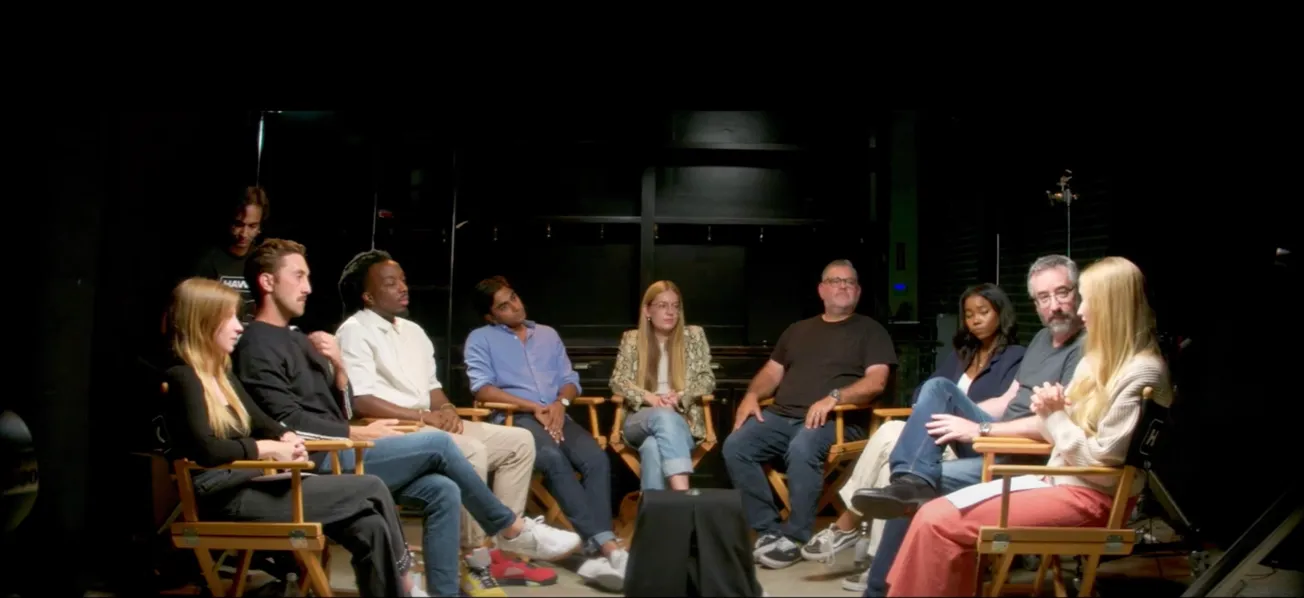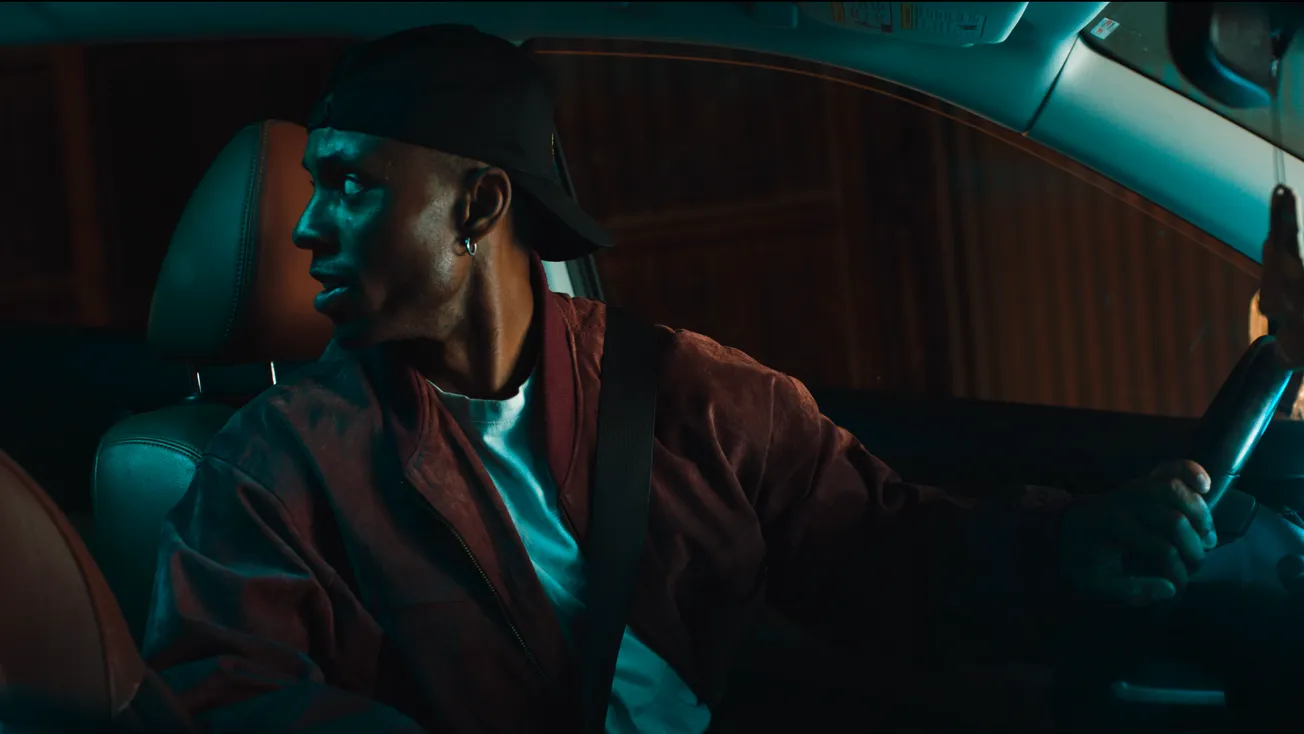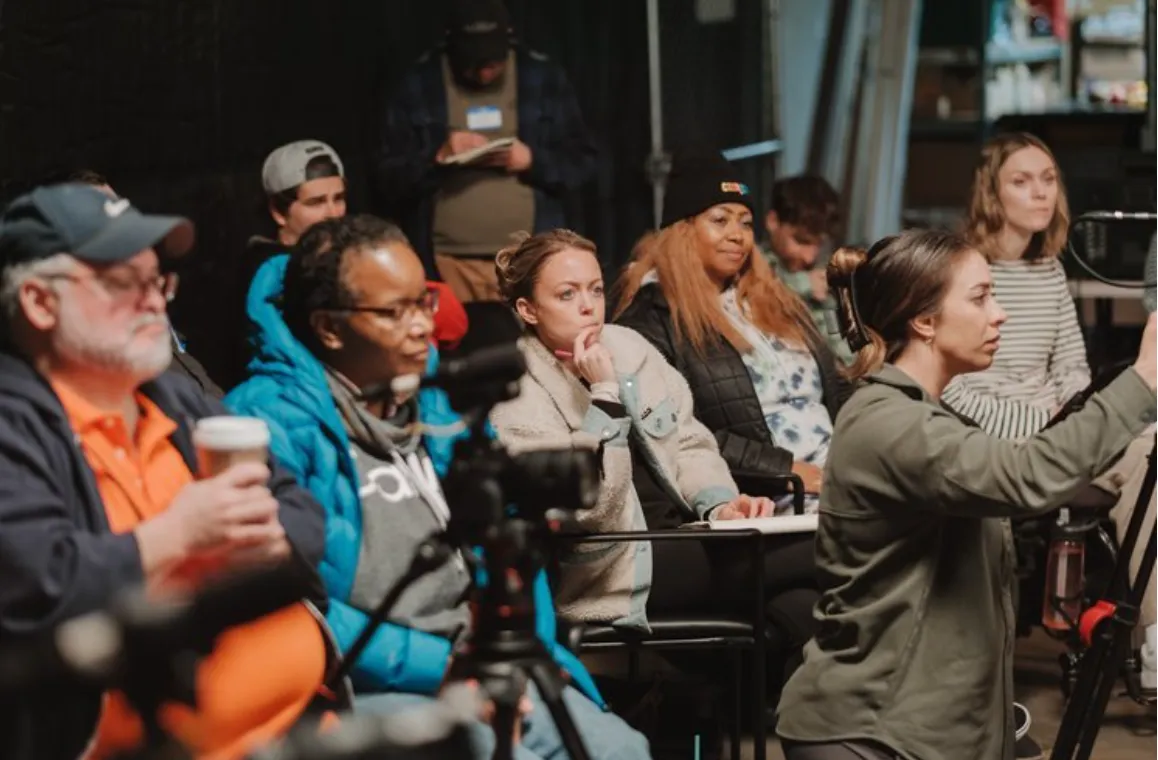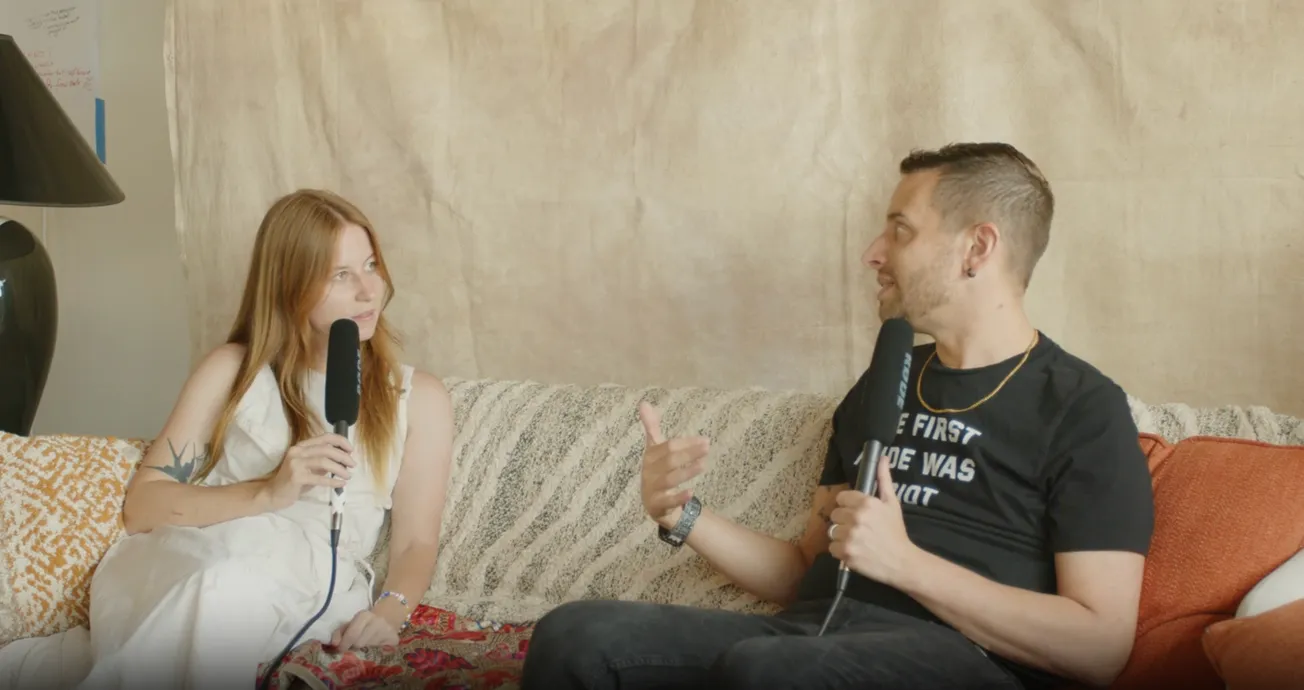Table of Contents
Understanding blocking and marking rehearsals is crucial for young actors stepping onto a film set for the first time. These moments can be overwhelming, especially when actors are unsure about what is expected of them and how to interact with the camera and spatial dynamics.
In a recent discussion facilitated by Cinematography for Actors (CFA), directors shared valuable insights into the blocking process that can empower emerging talents.
The Importance of Blocking
What is Blocking?
Blocking refers to the precise setting of actors’ movements and positioning on stage or film. It shapes the visual storytelling and impacts how performances resonate with the audience.
Why it Matters for Young Actors
For younger actors, understanding the director’s vision and their own blocking is essential to deliver a compelling performance. Directors emphasized that blocking creates a framework for emotional depth, movement, and narrative clarity.
Insights from Directors on Blocking Techniques
Creating Space as Character
One director noted the importance of using the location as a character within the film. By designing specific blocking around this concept, they create deliberate interactions that enhance the narrative tension. For instance, in horror films where visual cues build up to a scare, the blocking must be particularly precise.
Encouraging Playfulness Within Limits
Another director takes a more flexible approach, especially with young actors. They create a safe environment by inviting actors to explore within a structured blocking. This method allows for creative discovery after establishing foundational movements. Initiating with specific blocking enables actors to feel secure enough to improvise in subsequent takes.
Two Phases of Blocking Rehearsals
Many directors highlighted the difference between initial blocking rehearsals and camera blocking. Young actors should understand that while the initial phase allows for exploration of their movements, the second phase, often involving the director of photography (DP), solidifies how these movements work with camera angles and lighting.
Tips for Young Actors
Be Prepared
Arrive on set with a clear understanding of your character’s needs and the scene’s requirements. Use rehearsal time to explore the physical aspects of your role.
Ask Questions
Engage with the director about your blocking. If something feels off or uncomfortable, voicing these concerns can lead to adjustments that improve your performance.
Embrace Vulnerability
A successful acting performance involves being open and vulnerable. Familiarize yourself with the intensity needed for certain scenes, and don’t hesitate to ask for a break if you need it to better connect with the emotional stakes.
Building Director-Actor Relationships
Directors emphasized the importance of mutual trust and communication in their relationships with actors. A productive actor-director dynamic fosters a safe space for vulnerability, enabling both parties to explore the narrative effectively. As one director put it,
"Trust and communication is everything."
They noted that actors should feel empowered to take ownership of their performances without losing sight of the ensemble's collective goals. This community approach reinforces that all contributions, regardless of how small, are vital to the film’s success.
Navigating the blocking process can be daunting for young actors, but with guidance and understanding, it can also be a rewarding experience.
Watch the full workshop video below to learn more.
This piece was shaped from an original conversation (recorded, written, or filmed). Using only the source material, editing tools powered by AI helped refine structure and flow under close human guidance. All ideas and details reflect the voices of the original speakers.






